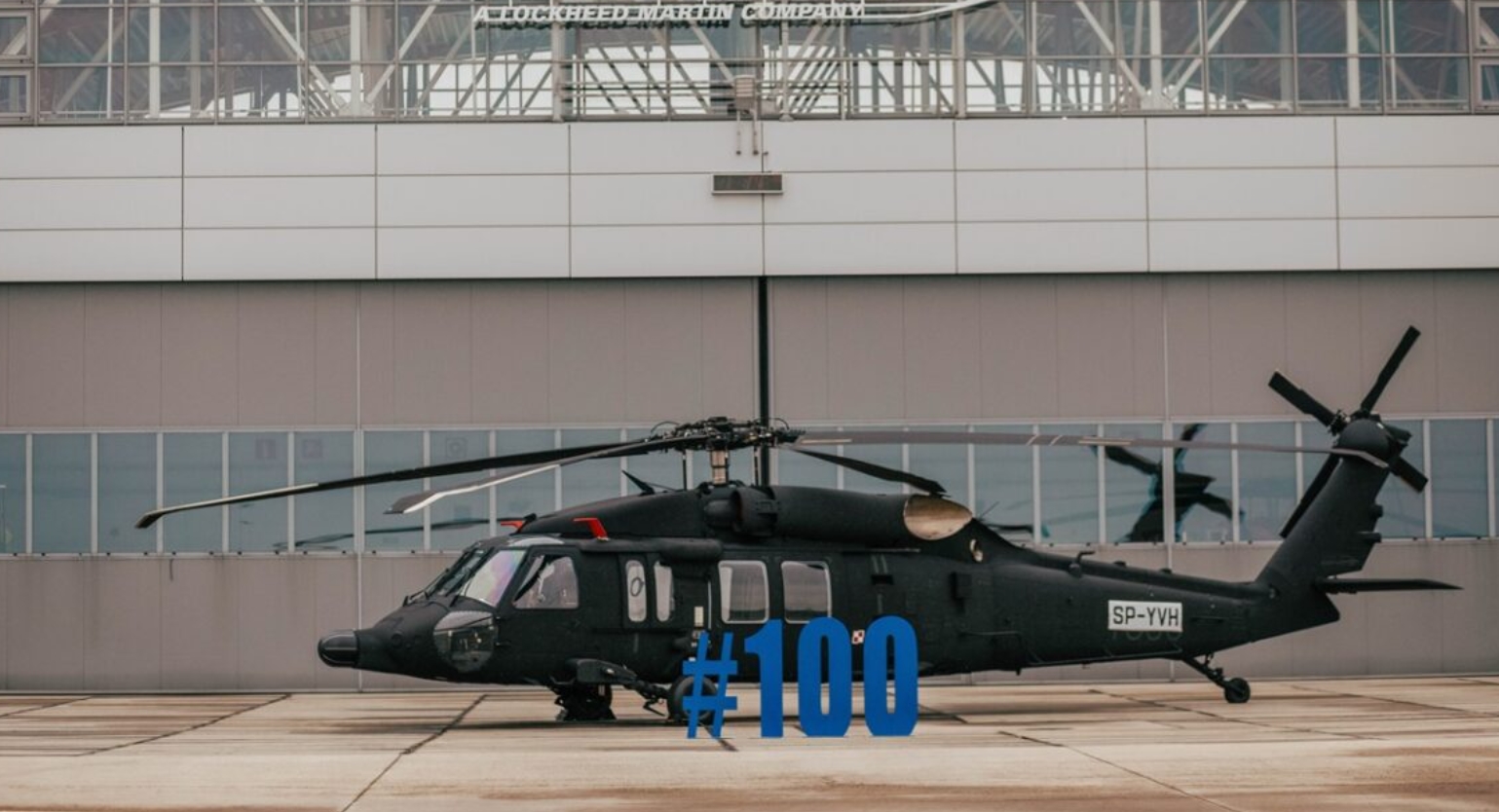Modernized Vertical Lift Platform With Advanced Composite Structures and Improved Security Actions
In the realm of upright lift systems, a substantial change in the direction of modernization has been observed, driven by the assimilation of innovative composite frameworks and enhanced safety steps. In exploring the convergence of technology and security in modern-day lift platforms, an engaging story emerges, showcasing the capacity for transformative advancements that provide to the ever-evolving requirements of industrial fields.
Evolution of Vertical Lift Systems

The development of upright lift platforms can be mapped back to basic sheave systems and early lift layouts. With time, technologies such as hydraulic systems, electric motors, and advanced control mechanisms have actually significantly improved the performance and safety and security of these systems. Manufacturers have actually likewise concentrated on boosting the security, reach, and load-bearing abilities of vertical lift platforms to meet the diverse needs of different markets.
Moreover, the assimilation of clever modern technologies like sensing units, IoT connection, and automation functions has even more transformed the abilities of modern-day upright lift systems. These technological enhancements not just boost functional efficiency however likewise guarantee increased security requirements for workers making use of these systems at different elevations. The constant evolution of upright lift systems underscores their important function in enhancing upright flexibility throughout markets.
Combination of Advanced Composite Frameworks

Furthermore, the use of innovative composite products permits for more complicated and enhanced structural designs, allowing engineers to customize the platform's homes to fulfill details efficiency requirements. This customization can cause improved aerodynamics, decreased vibrations, and enhanced overall security throughout procedure. The integration of innovative composite structures also contributes to a reduction in maintenance costs and downtime, as these products show excellent resistance to environmental factors and have a longer service life contrasted to standard products. Generally, the consolidation of sophisticated composite structures in modern upright lift systems stands for a substantial innovation in aerospace modern technology, causing more efficient, dependable, and safer aerial transport systems.
Improved Safety And Security Procedures Implementation
Applying enhanced safety and security steps is necessary in guaranteeing the optimum performance and reliability of modern upright lift platforms. These procedures include a variety of methods targeted at mitigating risks and enhancing total safety standards. One essential element of boosted safety steps is the combination of innovative sensor modern technologies to check different criteria in real-time. By utilizing sensors for functions such as architectural health surveillance, tons surveillance, and ecological sensing, possible hazards can be determined early, enabling for aggressive maintenance and rehabilitative actions.

Sector Applications and Advantages
With developments in innovation and design, updated vertical lift systems have actually discovered diverse applications throughout different sectors, offering significant benefits in efficiency and performance. The construction market benefits find this from vertical lift platforms by making it possible for employees to gain access to raised areas securely and successfully, boosting total official site project timelines.
In addition, upright lift platforms play a vital function in the upkeep and repair work of infrastructure such as bridges, power lines, and buildings, permitting service technicians to get to hard to reach locations with simplicity (sikorsky s 70). The aeronautics industry also leverages these platforms for airplane maintenance and assembly tasks, improving process effectiveness and making sure employee safety at heights. Overall, the extensive adoption of modernized upright lift systems across industries highlights their adaptability and the considerable enhancements they give different operations
Future Trends in Lift System Modern Technology
Integrating innovative automation and intelligent features, lift system modern technology is positioned to reinvent vertical transport systems in the near future. One key trend is the combination of Net of Points (IoT) technology, allowing lift platforms to connect real-time information for anticipating upkeep, optimizing performance, and enhancing security. As lift platform modern technology continues to progress, these trends are set to shape the future of vertical transport, making it a lot more reliable, secure, and user-friendly.
Conclusion
Finally, the modernized upright lift platform showcases the development of innovation in the sector. By integrating advanced composite structures and improved safety steps, this system provides boosted performance and safety and security for different applications. The market can benefit greatly from these innovations, and future trends in lift system modern technology are likely to continue surpassing these innovations for also better success and effectiveness.
In the realm of vertical lift systems, a significant shift towards modernization has been observed, driven by the assimilation of innovative composite frameworks and heightened security actions. The constant advancement of vertical lift systems underscores their vital duty in improving upright movement throughout markets.

The consolidation of advanced composite structures in modern-day upright lift systems has substantially boosted their official website structural stability and efficiency capabilities. By incorporating these advanced compounds right into the layout and construction of vertical lift systems, suppliers can decrease overall weight, boost load-carrying capacity, and boost the system's resilience and durability.
Applying enhanced safety and security procedures is important in making sure the ideal performance and integrity of contemporary vertical lift systems.